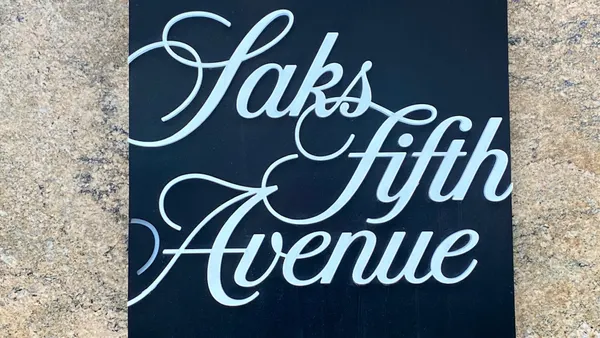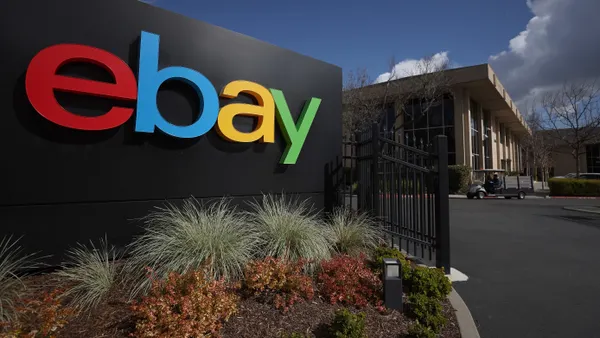Dive Brief:
- Fraud attacks increased by 13% in 2017, according to the 2018 Fraud Attack Index from Forter. The report noted a 31% increase in account takeovers as of the third quarter of last year. Policy abuse, also known as compliance abuse — wherein merchants are cheated through coupons, discount codes, reward programs or multiple accounts — rose 93% in the later quarters of 2017. Return abuse saw a 119% rise in last year's fourth quarter.
- Among key categories, from Q1 2017 to Q1 2018: digital good — which include gift cards, e-books, music, gaming and business-oriented services like hosting and software solutions — saw a fraud attack rate increase of 167%. Meanwhile, fraud attacks on electronics rose 66%, food and beverage increased 60%, jewelry and luxury products rose 38%, and apparel and accessories went up 7%, Forter reported.
- Early 2018 has seen growth in return abuse decline by 65% in Q1 2018, and policy abuse fell 4% in the beginning of this year. Coupon abuse has remained persistently on the rise, reaching a high point in Q1 2018 as it rose dramatically by 217% from Q4 2017, the report said.
Dive Insight:
In a world of fast-changing trends, technologies and business models, there is one thing constant in retailing: fraud. Every dollar of fraudulent transactions cost merchants $2.94, up from $2.77 a year ago, a year-over-year increase of 6%. E-commerce and internet-related avenues of attack contribute to this bad news, but knowing what types of fraud are increasing and how merchants can defend themselves will help, Forter said in its 2018 Fraud Attack Index.
A related study released last week by Chargebacks911 found that cyber-shoplifting was a factor in $19.4 billion in chargeback losses suffered by merchants. This is nearly two-thirds of the total $31 billion in chargeback costs last year, according to a press release.
The Forter index report saw a year of growing fraudster sophistication. "In a world where consumers' online lives are rich and complex, spanning multiple devices, locations and payment methods, fraudsters now have access to an unprecedented level of technology and data to make committing fraud easier than ever before," the report said.
A factor in the rise in fraud related to digital goods such as gift cards is a streamlined purchase process where less information is required than other goods. Electronics combine high price points and attractive consumer appeal, making them more desirable for fraudsters, Forter said. Jewelry and luxury retailing is another high price and margin segment that fraudsters are drawn to. Better defense mechanisms and fraud protection systems, meaning more payment friction, would likely help these numbers to go down.
While the size of the fraud increase in apparel and accessories is relatively small, the potential for more is visible as fraudsters can easily buy these products in bulk and have established channels for reselling them profitably, the report said. Retailers in this segment have deterred fraud by bringing in additional seasonal employees either to their fraud prevention staff or by way of third-party resources.
Return abuse has become more popular, especially in the holiday months. Retailers like Amazon, Nordstrom and L.L. Bean have changed their return policies in response to this growing type of fraud. However, Forter pointed out that blocking abusers of return policies could also mean blacklisting potentially good customers. The report recommended that retailers look at metrics and analytics in order to tell the difference between a true abuser of returns and a customer who needs to make several returns in a short period of time.











